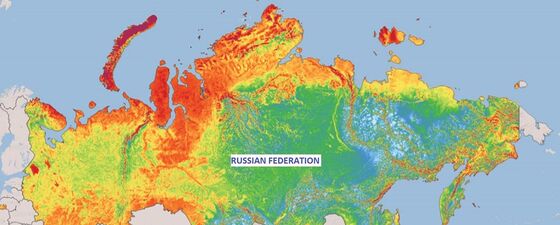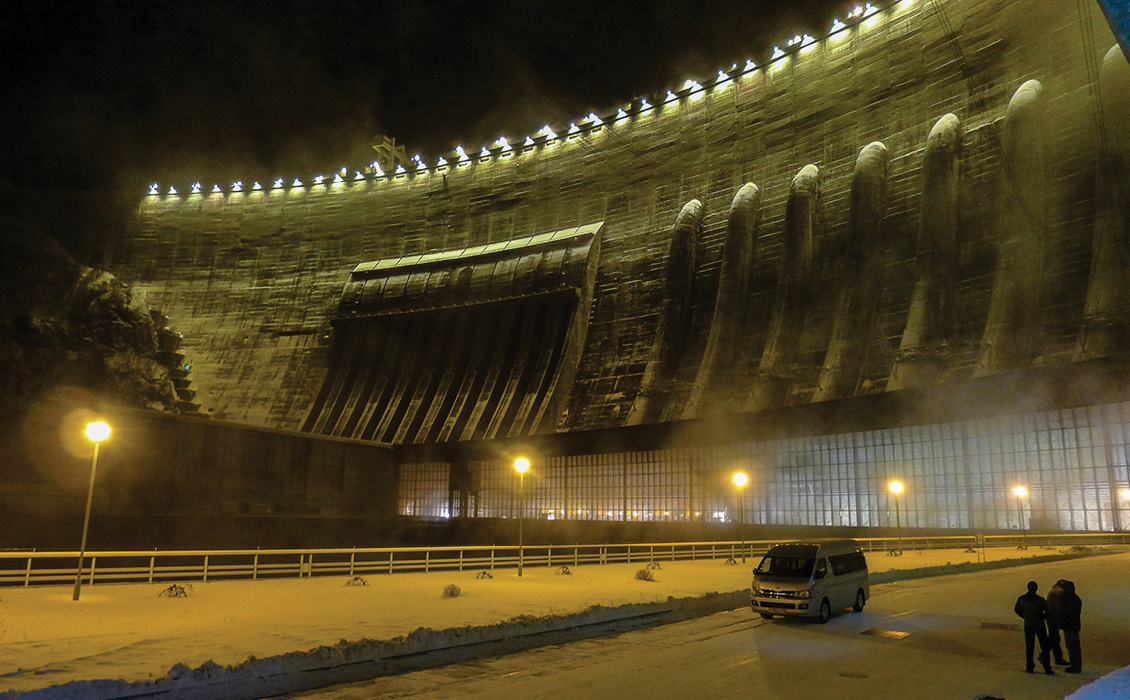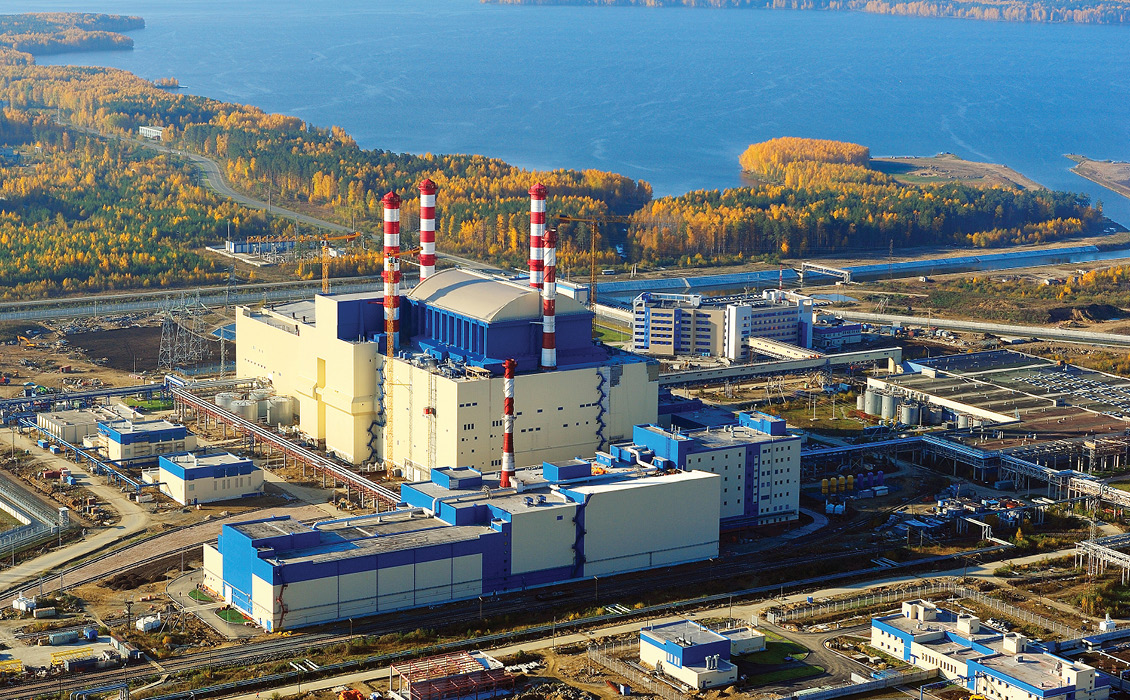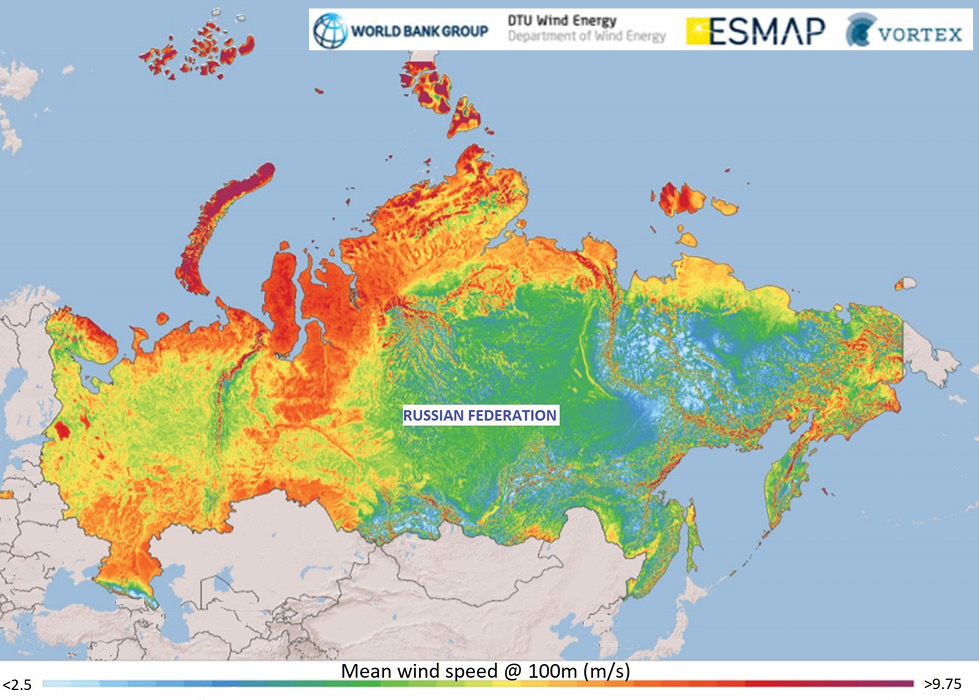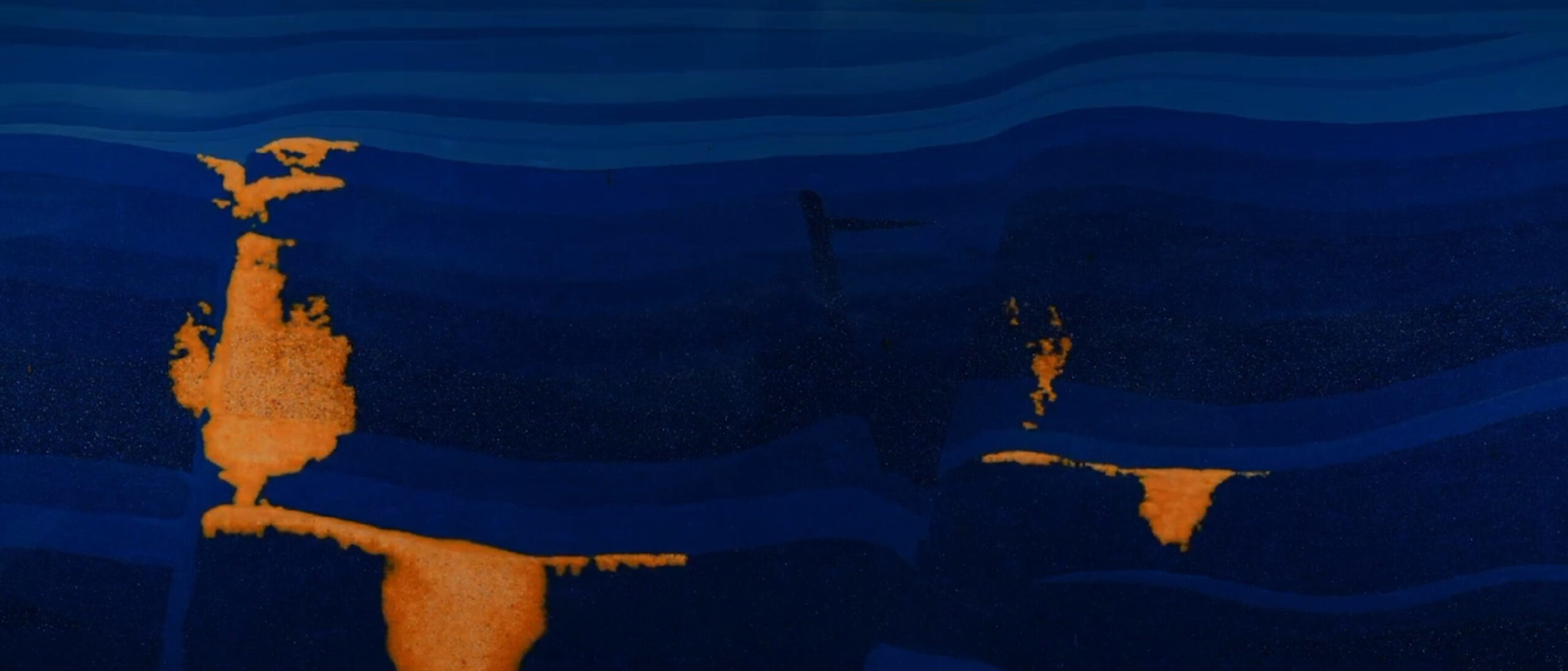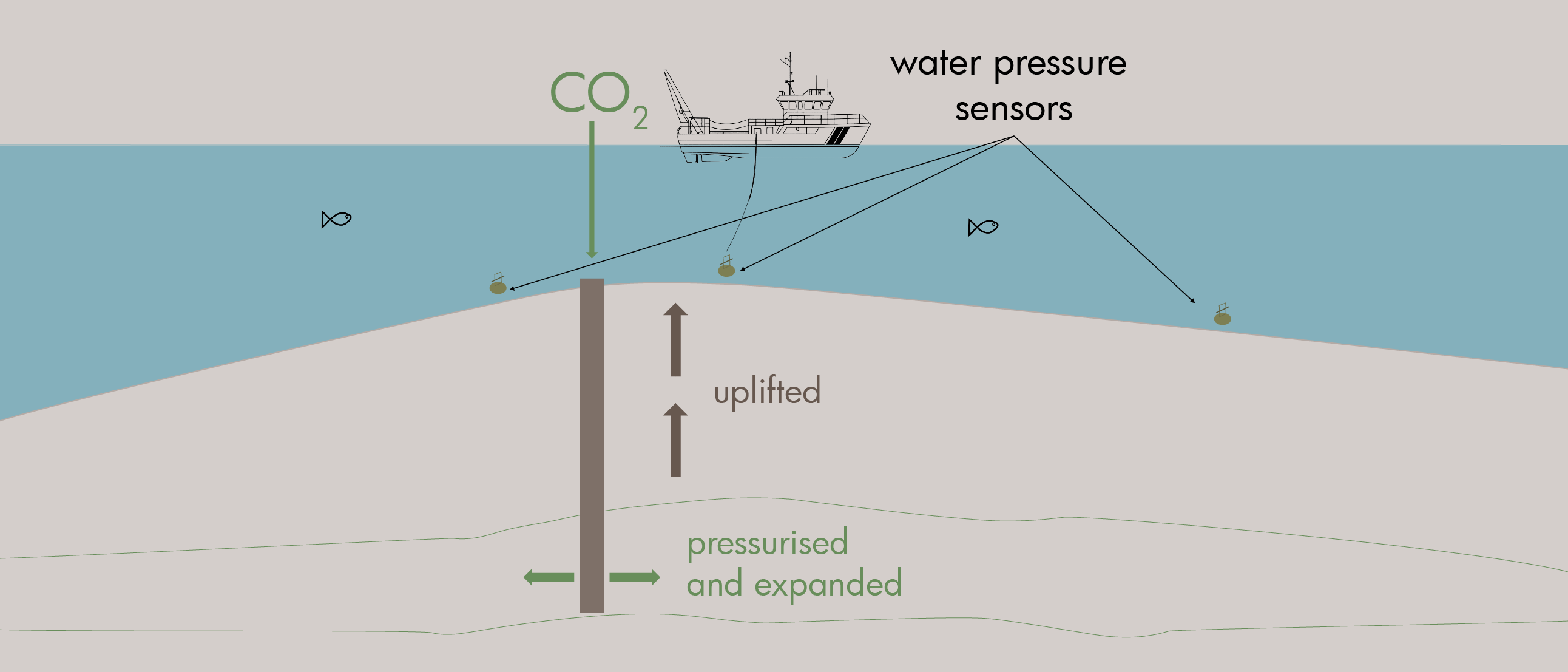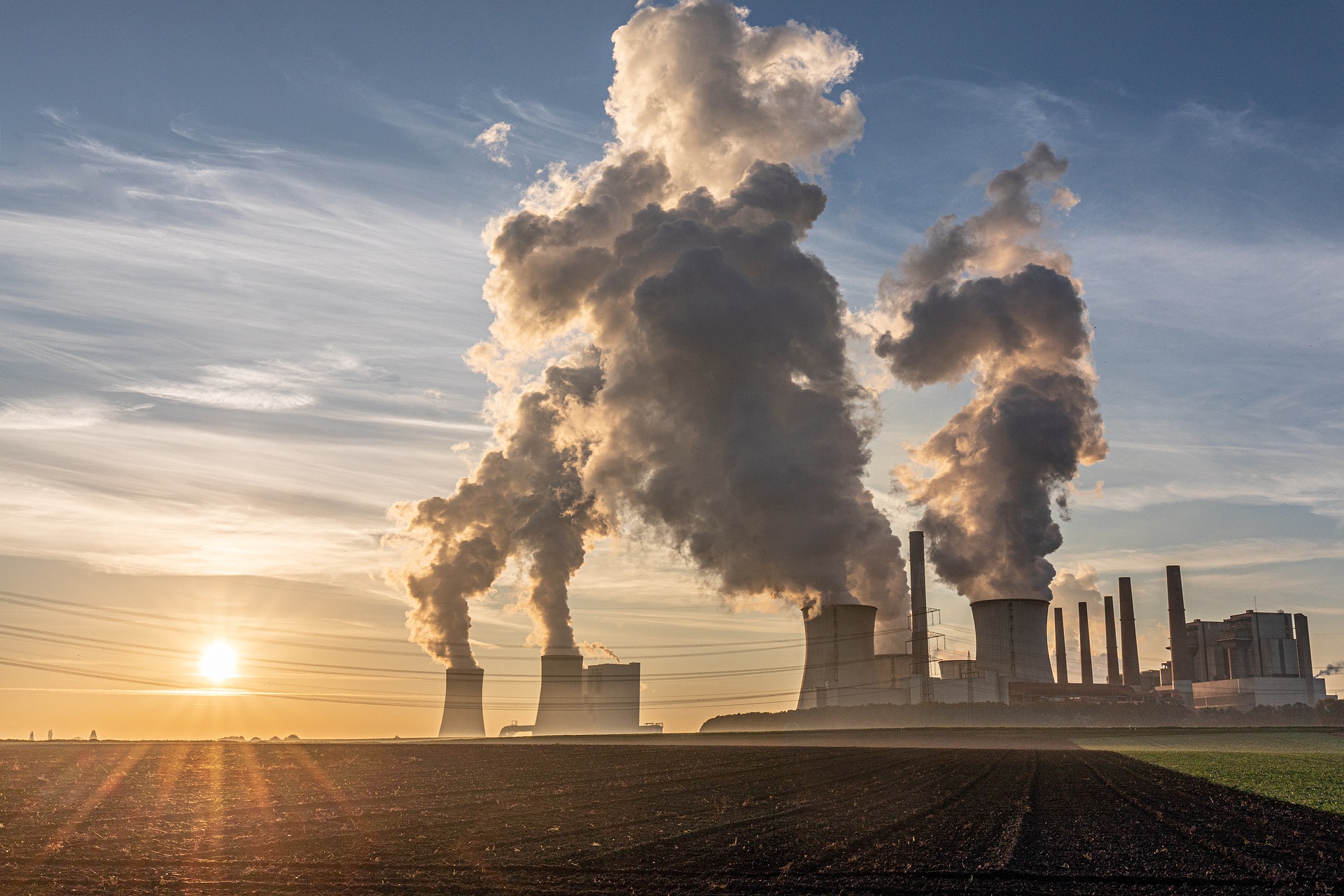Russia is deeply dependent on its bounteous fossil fuel resources. Oil, gas and coal account for more than half the central government’s revenue, and the associated industries are responsible for a fifth of the country’s GDP. As a result, Russia is the fourth biggest emitter of greenhouse gases in the world.
This vast country also possesses huge renewable resource potential, including hydropower, solar and wind, green hydrogen and huge swathes of forest and arable land for bioenergy. It has the level of technological development required to foster an energy transition towards renewable resources, yet it lags behind other world powers in its deployment of renewables. In 2020 solar, wind, geothermal, and small-scale hydropower accounted for just 1% of the nation’s energy supply.
Little Interest in Climate Policies
Russia possesses the world’s largest natural gas resource, the second largest reserves of thermal coal, and arguably the sixth largest oil reserves, going a long way towards explaining this apparent lack of interest in renewables. It globally exports more gas than any other country, and in 2021 it is expected to produce about 9.6 MMbopd, over half of which will be exported. This is a huge economic input and the signs are that Russia intends milking it for as long as possible.
The economic reliance on fossil fuels is tied closely to political and cultural issues, including climate change denial. For many years the Kremlin suggested that other countries would suffer more from climate change than Russia, who could consequently benefit economically, although with approximately 60% of the country in the vulnerable permafrost zone, this argument is unsustainable. Public support for an ambitious policy of reducing emissions and transitioning to a carbon-neutral energy system is low and therefore politically not a high priority.
Russia was one of the few countries not to submit an ambitious climate strategy ahead of COP26, but this year President Vladimir Putin did pledge that Russia would achieve net zero carbon by 2060. He also introduced the first ever Russian greenhouse gas emissions legislation, with a planned cut of 79% by 2050. In recent years there have also been some more encouraging pronouncements supporting cleaner energy sources including, since 2013, incentives for renewable energy developers, with a tariff system to encourage the use of Russian-made components.
History of Alternative Energy
Despite the emphasis on fossil fuels, Russia has been actively harnessing non-fossil fuel energy sources for many years. Hydroelectric projects began in the 1930s and a number of large dams were built in the ‘50s and ‘60s, although many fell into disrepair in the post-Soviet recession. The country currently has about 100 hydroelectric plants with a capacity of over 100 MW, and ranks fifth in the world for hydropower production. Around 20% of Russian power is sourced from hydropower but it has been estimated that only a fifth of Russia’s hydropower resource, potentially up to 852 TWh, has been accessed, although much of this yet-to-be exploited potential is found in areas far from major user centres.
Geothermal energy has also been tapped in Russia for over 60 years. The first geothermal station was built in 1966 in Kamchatka, where the power is used for heating buildings, whilst in other areas geothermal energy is used directly, in cattle and fish farming, drying agricultural products, and heating greenhouses and swimming pools. Many regions have potential for this resource, with hot geothermal liquid accessible in the northern Caucasus, the Baikal Rift area and Western Siberia, as well as Kamchatka, where thermal water reaches temperatures in excess of 300°C.
Another non-fossil fuel energy source, nuclear power, has long been important in the Russian energy mix. Possessing plentiful uranium resources, Russia actually built the world’s first nuclear power plant, a 5 MW reactor, in Obninsk, about 100 km south-west of Moscow, which was connected to the grid in 1954. Currently, the country operates 38 nuclear power reactors and sees the role of nuclear, which at present accounts for about 20% of Russian power, increasing in the future, with research concentrated on the development of new reactor technologies and also in building floating nuclear power plants, primarily in the Arctic.
Wind and Solar Potential
Russia’s first windmill for generating electricity was built in 1941, but progress in this sector has been slow, although the production of electricity from wind has increased by 30% since 2000 – reportedly nearly 70% in 2018 alone. There is huge potential for development in this area; it has been estimated that wind power could produce as much as 17,000 TWh and it could account for 11% of total energy capacity by 2030. Much of Russia is ideal for the development of wind farms, especially the North-western, Southern, Siberian, Ural, and Far Eastern Federal Districts, where there are large amounts of unoccupied land. In the more remote areas, which tend to rely on old diesel power stations, it would seem an obvious solution. The slow pace of wind energy development is partially due to the harsh climate, as well as logistical issues and technical problems, like a lack of proven solutions for integrating wind generators with diesel power stations.
Solar power has been particularly slow to develop. The first plant opened in 2010 but installed capacity has since increased quite rapidly to about 1.3 GWh by 2019. A number of projects are now under construction, with the tariff system encouraging several recent joint ventures, including a 45 MW solar power plant that opened in March 2021 in the Buryatia region, close to the Mongolian border, which boasts 300 sunny days a year. It has been estimated that the country has a gross solar energy potential of over two million tonnes of coal equivalent, with the Black and Caspian Sea regions, North Caucasus, Far East and Southern Siberia being the areas where solar energy could be most readily accessed. It is suggested that even Russia’s many Arctic settlements could benefit from hybrid solar-diesel power stations that would cut costs and solve supply chain and shortage problems.
Further Green Potential
With its vast uninhabited land area, including about 20% of global forests, and large quantities of agricultural waste, Russia is thought to possess the world’s largest biomass resources. It is one of the biggest producers of wood pellets and the industry is expanding fast, although it should be remembered that the forests are an important carbon sink. It is thought that the country currently only makes use of 12% of its bioenergy potential.
Tidal power also has potential. One of the world’s largest tidal power plants, Kislaya Guba in the Barents Sea, with a total capacity of 1.7 MW, was built in 1968 and there are plans to develop a huge 87 GW project at Penzhin Bay in the sea of Okhotsk, which has an average tidal height of 10m.
In addition, harnessing the country’s biomass, solar and wind resources will help Russia create more green hydrogen. There have been recent moves to develop the use of hydrogen the development of fossil fuels has remained the top priority. Russian official post-Covid recovery packages, for example, omitted any stimuli for the green sector, and few Russian banks will invest in renewable and decarbonisation projects because of the long payback time.
Limited attention has been given by the government to the development of the technologies required for alternative energy solutions, making their costs higher than elsewhere; the insistence on local content technology does not help. The harsh environmental conditions in the country are another factor, especially the long, hard winter. Ice has a particularly detrimental effect on wind turbines, while snow covering a solar panel stops it working and freeze-thaw effects can cause major problems, all making maintenance more expensive. Extensive research is needed to resolve these issues.
Energy transition will be expensive; a top Kremlin aide said before the COP26 summit that it could cost Russia’s economy roughly $1.2 trillion by 2050. To achieve the goal of cutting greenhouse gas emissions by 79% by 2050, Russia would need to invest about $45 billion per year into alternatives to fossil fuels.
Opportunities Ahead
While there are obstacles facing a transfer to a low carbon future for Russia, recent announcements have suggested that the government is aware it may be in danger of losing out economically and technologically if much of the rest of the world turns its collective back on fossil fuels. Threats of an EU carbon border tax, for example, could seriously impact Russian exports.
In a change from his ‘denial’ stance, President Putin recently acknowledged the danger posed by permafrost melt. He has also designated the Far East territories and Sakhalin as net zero areas. There are promising developments in the transport sector; Moscow’s stateowned bus fleet includes 300 electric vehicles, while Russian Railways has issued green bonds and has plans for the production of trains using hydrogen fuel cells. The hurdles that face many countries sourcing the rare earth and other minerals needed for a low carbon future are reduced by the fact that Russia is the world’s largest nickel and seventh largest graphite manufacturer. It has recently bought into a Chilean lithium project to ensure supply for its domestic renewable and EV markets.
While Russia’s Energy Strategy to 2035, published in 2020, talks up innovation, digitalisation and technology, it still demonstrates that the priority is not the climate, but maximising crude imports before the country hits its expected peak production towards the end of this decade, with a concentration on gas and nuclear for domestic use.
Russia has the resources to become a world leader in alternative energy but for the moment at least, it would appear that the existing barriers are overcoming the opportunities.

